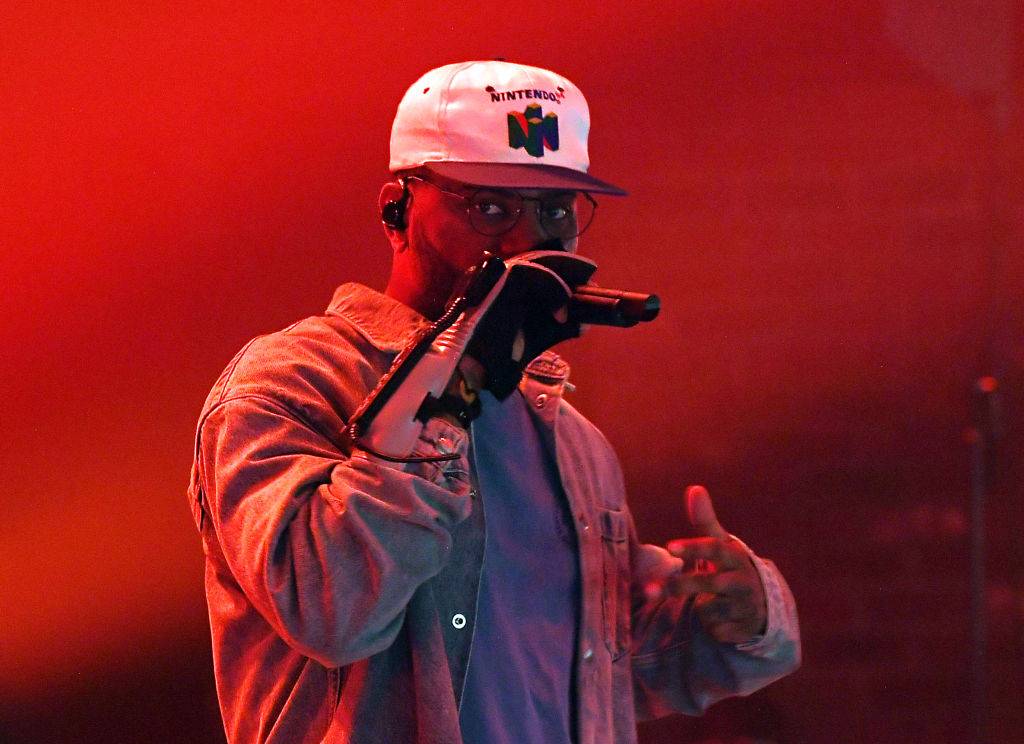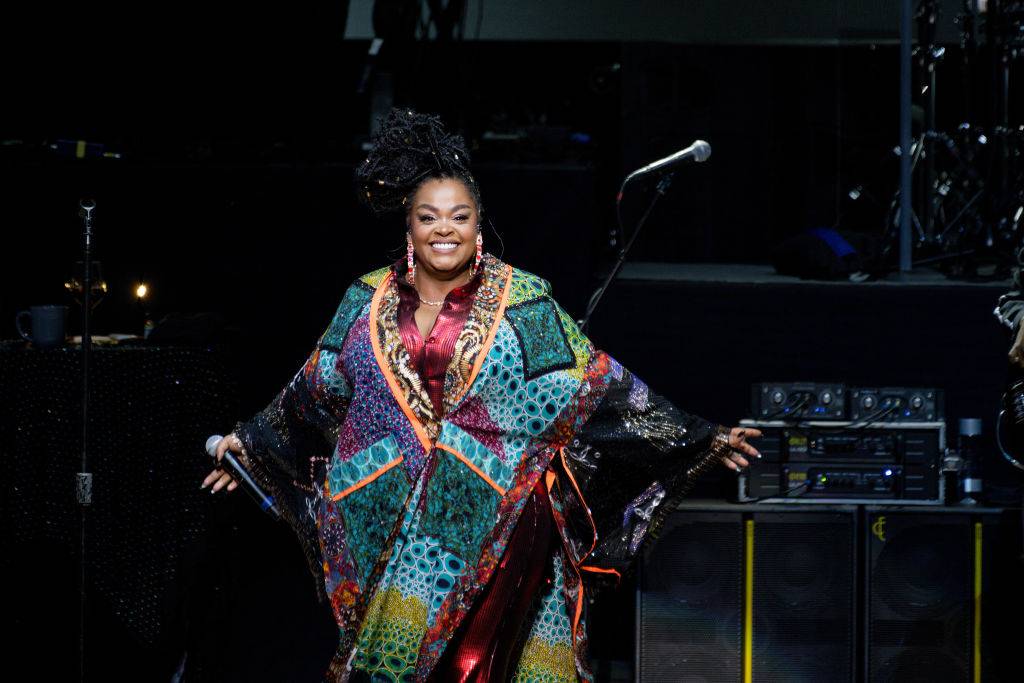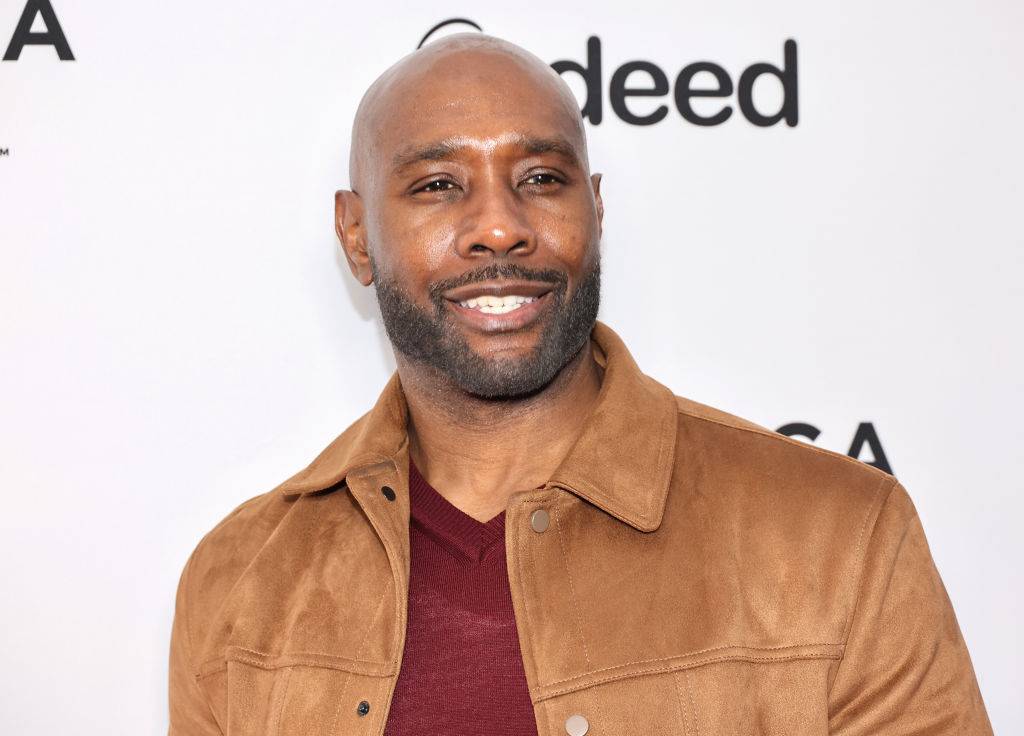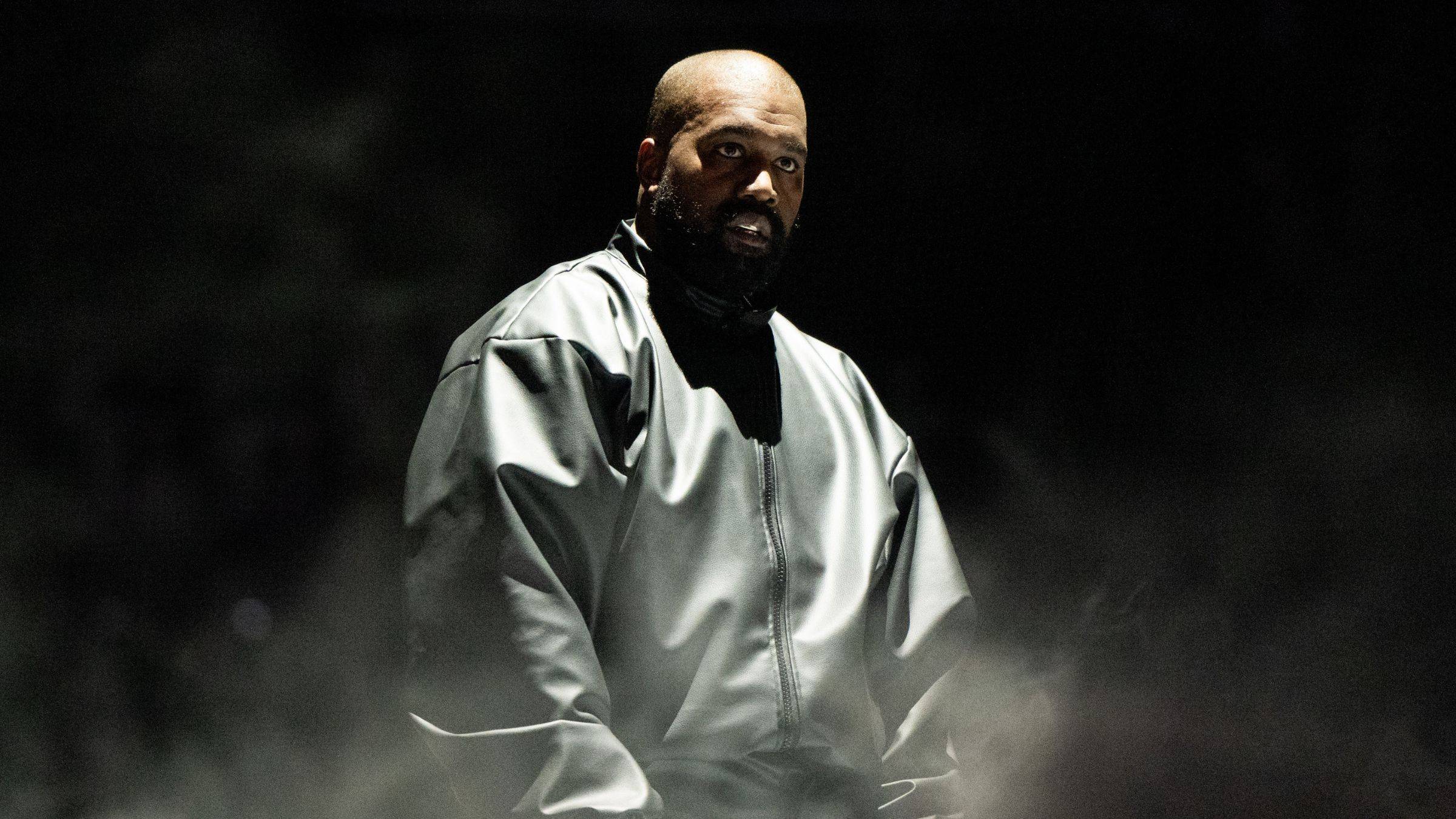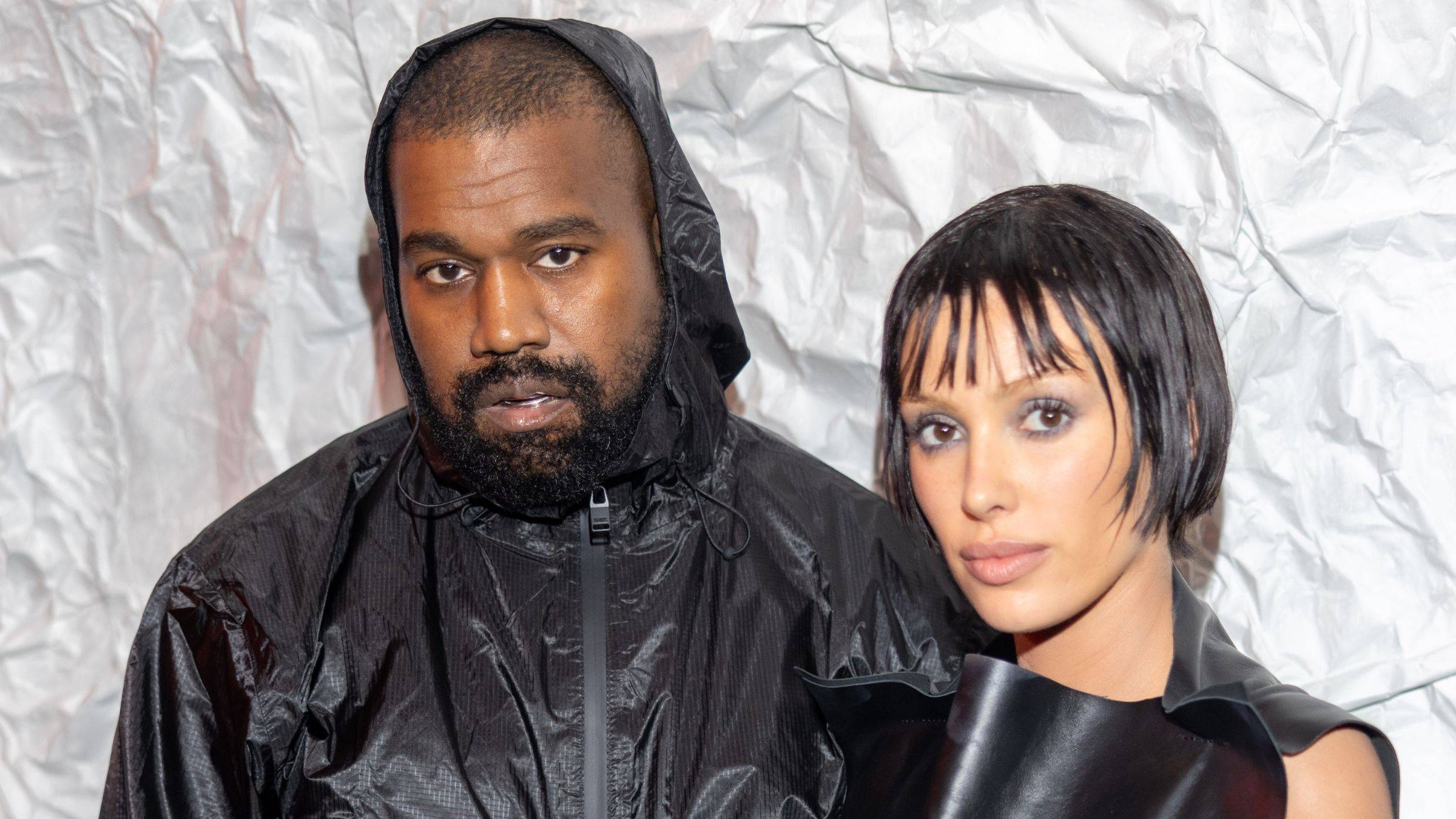Commentary: Shifting Ownership of "Black" Hairstyles
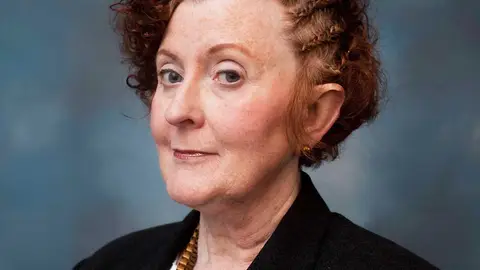
(Photo: Courtesy of Endia Beal)
As a resident at the Center for Photography at Woodstock in upstate New York, Endia Beal put her own follicular spin on the notion of walking a mile in someone else's shoes. She organized a group of white women in their 40s or older and she took them to a local hair salon, informing the volunteers that they were about to get "Black" hairstyles. When the women left the salon, there were cornrows, flat twists, finger waves and a photo shoot waiting to capture the transformation. The final result: a series of pictures of the women in corporate attire, looking stern-faced and intentionally or not, a bit out of place with their new ‘dos.
Beal wanted to use the images to explore the idea of taking risks, having new experiences and looking at how Black hair fares in corporate America. “I wanted people that had a certain idea of what you’re supposed to look like in the workspace, because it would be a challenge for them to understand what I experienced in that space,” she told Slate.com as an explanation for the photo series "Can I Touch It?" The series was prompted by an experience she had when she was working in Yale’s IT Department while she was getting her MFA. Her sizable, dyed red Afro was a curiosity and conversation piece among her mostly male, mostly white co-workers — so much so that Beal filmed a video of them discussing how they felt when she let them touch her hair.
Opinions on the series have been varied. The women-turned-models loved it, replacing initial trepidation with Facebook selfies and excitement that they'd tried something new and had a chance to bridge the cultural divide between their hair knowledge and Black salon life, products and practices. Beal also counted it as a success and is continuing the project in North Carolina. Yet others, including some cultural critics and hair bloggers, weren’t happy with the result. And website Colorlines put it in the “not-sure-what-to-think category.”
The confusion is understandable. There is something jarring about seeing images of hairstyles being worn by women who would normally have absolutely nothing to do with such hair. It is also jarring to ponder the idea of what, if anything, can be a “Black” hairstyle. Yet, on the flip side, there is something great about forcing us to look and see differently, to consider how stuck we are in thinking of certain hair as belonging in certain places. It is also great that these women — like the white men in Yale’s IT Department — were made to think and evaluate and grow in how they regard something as politically-charged as Black hair in (majority) white spaces.
And therein lies the confusion: wanting to celebrate people having to think outside of the box while grappling with the discomfort of seeing non-head-turning styles in very head-turning situations because they have been transplanted completely out of their normal environment. Maybe like all things Black hair, there's no simple answer, just different means of powerful expression.
The opinions expressed here do not necessarily reflect those of BET Networks.
BET.com always gives you the latest fashion and beauty trends, tips and news. We are committed to bringing you the best of Black lifestyle and celebrity culture.
Click here to subscribe to our newsletter.
